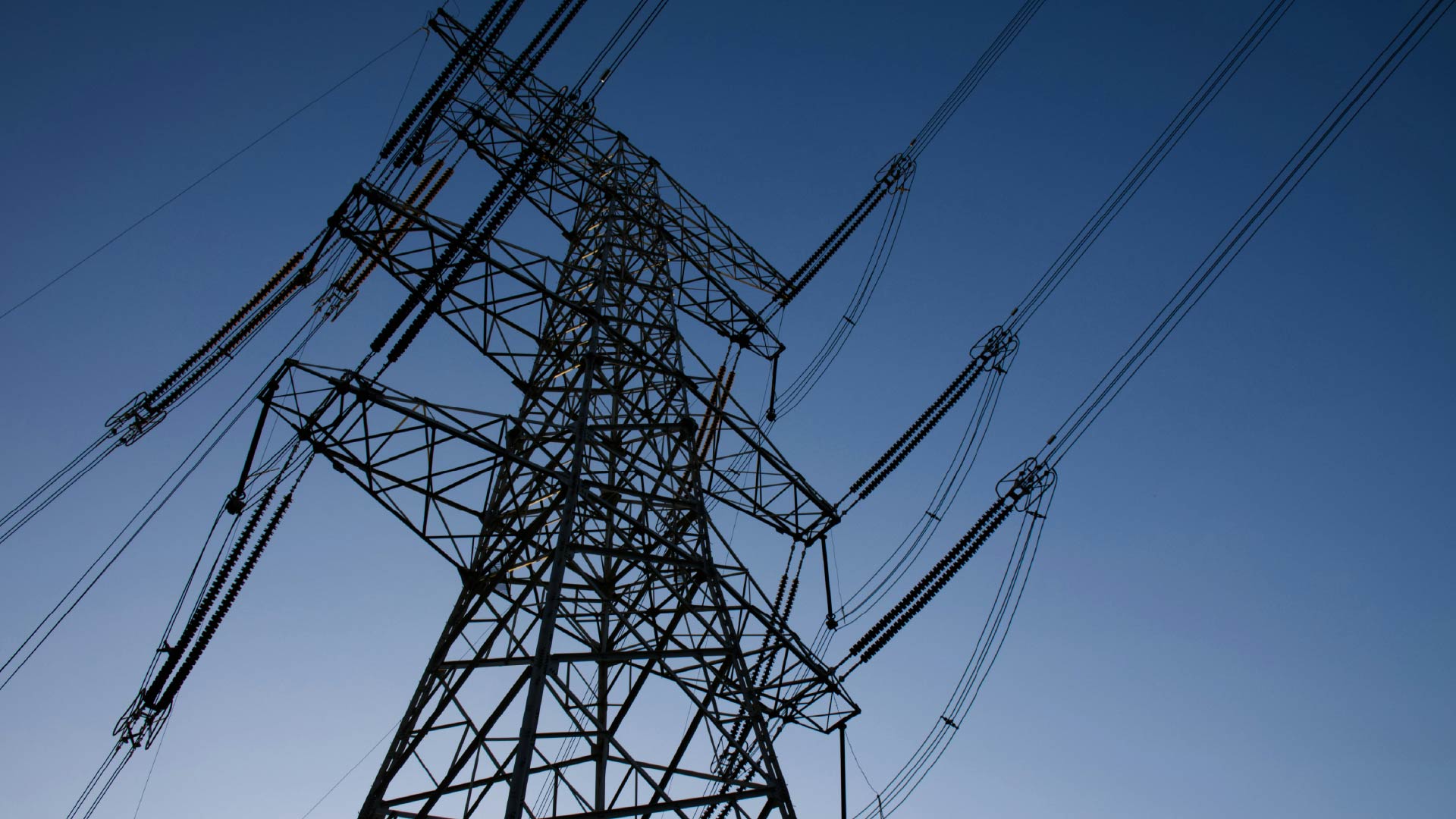Once Every 50 Years? More Like Twice A Year: European Chillers Feel The Heat From Cerberus

Harry Wilson
Europe is currently amid a climate crisis; the heat wave "Cerberus" is forecast to hit the continent and bring temperatures as high as 48°C (118°F) to Italy. Spain is set to experience its second heatwave of 2023, after already suffering the hottest April on record. In periods of extreme temperatures, facilities managers demand more from cooling technologies than ever. However, with an aging building stock and varying equipment ages, are the technologies in use up to the task?
In the simplest sense, chillers are utilized to take heat from inside a building and reject it to atmosphere. Depending on whether the chiller is air or water cooled, the heat is either rejected directly to the atmosphere, or to water and then subsequently to the atmosphere through a cooling tower or other equipment. This process works naturally when the external temperature is lower than internal, but when external temperatures rise, the chiller uses the expansion and compression of refrigerant gas to transfer heat. This process is limited by the external temperature, so equipment is normally certified to deliver a maximum amount of cooling at a certain atmospheric temperature. If outside temperatures exceed this design temperature, the equipment may not necessarily cease operating – it will simply not be able to provide the required cooling. It is commonly accepted that, in times of extreme heat, occupants remain satisfied with their internal environment provided there is some degree of cooling.
ASHRAE, the American Society for Heating, Refrigeration and Air-Conditioning Engineers, publishes global design temperatures for metros around the world. Typical commercial building equipment applies the “0.4% temperature” – the temperature that is exceeded for only 0.4% of the year – as its design condition. However, temperatures in Europe are currently set to exceed this 0.4% quite spectacularly: Rome is forecast to reach 41°C (105.8°F), while its 0.4% temperature is 34.8°C (94.6°F). In these conditions, equipment will be pushed to the brink and will operate with greatly reduced capacity. Facilities managers may be required to prioritize certain spaces for cooling, limit internal heat sources – such as people and computers – and minimize heating from solar rays, using internal or external shading devices, to reduce equipment load. Another potential action to mitigate risk is raising cooling setpoints to reduce cooling required; Spain implemented this across public and large commercial buildings in summer 2022 to reduce energy consumption in a time of energy scarcity.
Where this story goes from tactical to strategic is that for more critical cooling applications, a “n-year return extreme temperature” is used; that is, the stated temperature is set to occur once in any n number of years. In July 2022, when London sweltered in temperatures of 40.3°C (104.5°F), data centre operators Google and Oracle suffered service outages lasting eighteen and nineteen hours respectively. Both primary and redundant cooling systems failed – at a cost of millions of dollars per hour in lost service revenues. The 50-year return extreme temperature historically calculated for London is 37.9°C (100.2°F). The Rome 50-year return is 40.8°C (105.4°F) and, as such, the forecasted 41°C (105.8°F) would exceed this temperature – but not to the same extent as the temperature was exceeded in London. These 0.4% and n-year returns are recalculated every four years, with the next update due in 2025. Unfortunately, average equipment lifetime is 15-20 years, meaning design temperatures quickly become out of date.
All this data only points in one direction. As climate events become both more prevalent and more extreme, it is essentially certain that we will continue to see equipment failures. Annoying when it’s an office chiller; critical when it’s a healthcare facility or a data centre.
For further insight into chillers and other building cooling technologies, please see Tech Roadmap: Energy Management Technologies.About The Author

Harry Wilson
Senior Analyst





